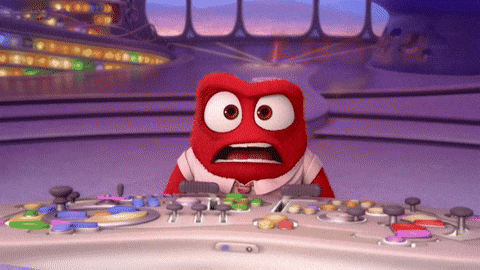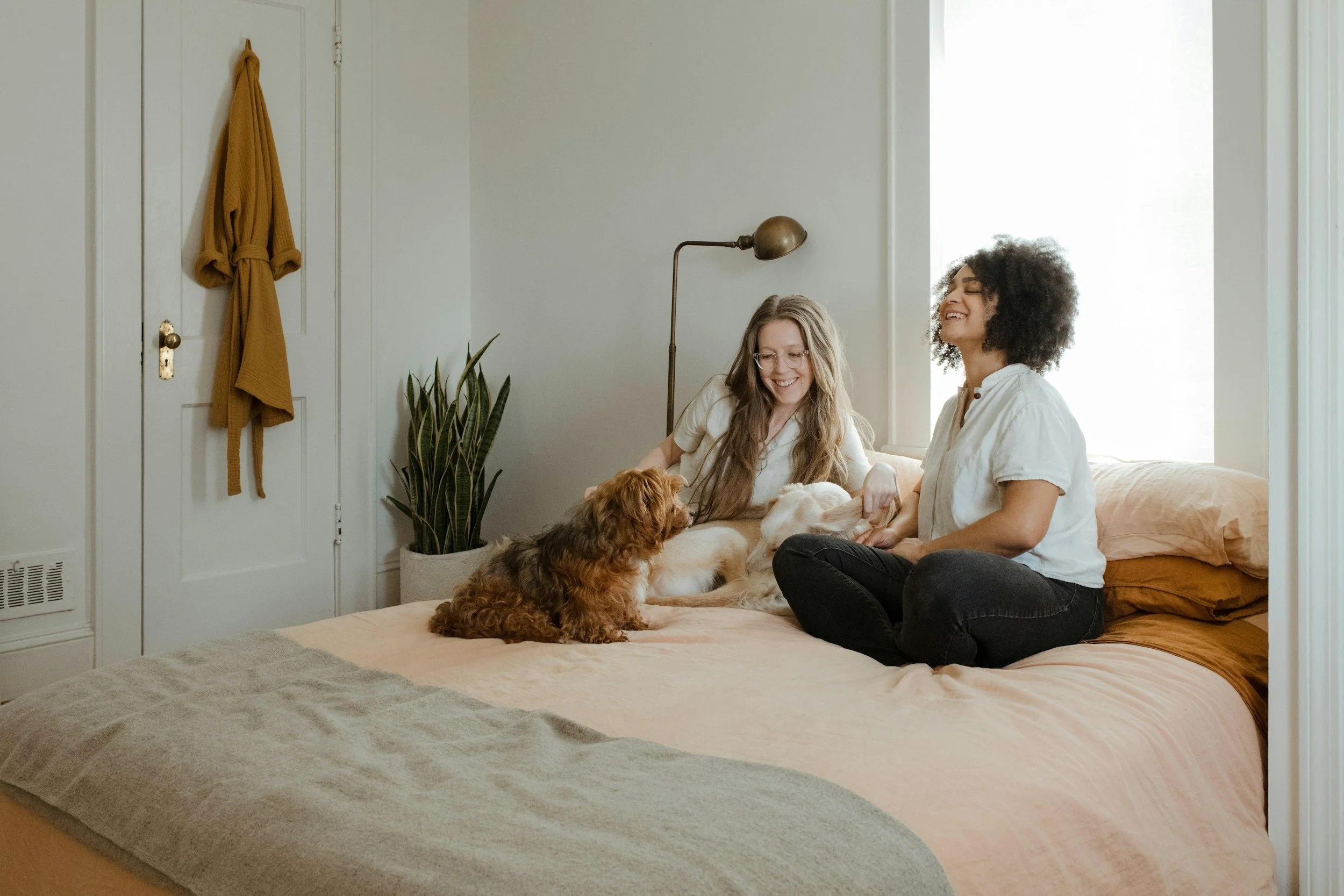How To Start Building Better Habits
I’ve reached that point in my life when you finally realise that the most important things you can do to be healthy and happy, are the small, simple day-to-day habits.
But we all know that on some level, right? We know that going for a walk will help us feel better. We know that if we stopped procrastinating on the house work and just built it into our routine, our day would feel less overwhelming.
And yet it can be incredibly difficult to establish these habits into our routine consistently (urgh!), if at all.
I was recently reading what a couple of my favourite writers have to say about habits, and a little spark of inspiration appeared. So I followed that little spark to a new solution.
I’ve implemented this solution since the start of June and will be writing about how it’s going each month.
It’s how we can use LEGO to (quite literally) build our habits.
Here’s where we start…
What we’ll cover:
The power of habits
The thinking behind LEGO habit building
How to start using LEGO to build your habits
Choosing your habits
Choosing your colours
Choosing your time
Getting started with tracking and building your habits
The power of habits
“All big things come from small beginnings. The seed of every habit is a single, tiny decision. But as that decision is repeated, a habit sprouts and grows stronger. Roots entrench themselves and branches grow. The task of building a good habit is like cultivating a delicate flower one day at a time.” - James Clear
There’s a lot of great writing behind building habits, so I won’t focus on it too much here. For a more comprehensive view, I highly recommend the following:
Mark Manson - has a downloadable Guide to Habits
James Clear - has a very detailed book on all things habits - Atomic Habits
We often underestimate the power of habits in shaping how we spend our time and ultimately how we achieve our goals. We focus on the end goal, rather than getting good at building the behaviours that lead us towards the goal. Forming a habit also helps our behaviours to become somewhat automatic, which makes them require a lot less mental effort over the long run.
The thinking behind using LEGO to build daily habits
I was away for the weekend in the countryside reading Mark Manson’s Guide to Habits when I decided that habit forming would be my priority, rather than goal setting.
It wasn’t ground breaking news to me as I’d read James Clear’s book before but I’d felt a little overwhelmed with where to start. It’s easy to KNOW habits are worthwhile, it’s a whole other ball game to bother establishing new habits for yourself.
I went down an internet habits rabbit hole and found myself reading Tim Urban’s (Wait But Why) article 100 blocks a day
100 blocks a day encourages you to think about your time in 100 block intervals of 10 minutes, as a way to audit how you spend your time. Are you spending your blocks doing the things you want to be doing? What’s the value of each block?
I wondered if physically building my time from blocks, would help me get more serious about spending it wisely.
Building my habits using LEGO helps overcome two big barriers to habit formation:
Lack of immediate gratification: With LEGO there’s an immediate tangible reward for your efforts (even if that reward is getting to place a yellow brick down)
Losing sight of your progress and giving up: LEGO is a pleasing visual representation of the progress you’ve made. It’s so easy to be discouraged when we miss a day. We feel we’ve failed and give up. Using LEGO helps show progress over time, even if that’s just completing one habit in a day.
*Takes short break to add purple block to today’s tower because I just hit 25 minutes of writing this
For example, if I keep a written tracker showing which habits i’ve completed, I don’t feel particularly encouraged. In fact I am more likely to focus on what I haven’t done than what I have.
Whereas, tracking the same week using LEGO gives me a colourful visual on my progress and a sense of satisfaction that even if it’s just one block, I’ve made a choice every single day to do something good for me.
As James Clear describes, this shows my 1% better each day and helps to represent it in an encouraging way.
Ready to try something new?
How to Build Habits Using LEGO
Choose your domino habits
When starting out I recommend choosing 2-3 keystone habits to begin tracking and building.
I imagine there’s lots of things you want to change about how you spend your time. But what are the most important habits to start with? These are sometimes called keystone habits or as I like to call them, domino habits.
They are the habits that once you start them, will have a ripple affect on the rest of your habits and life.
“Choose the habits that once you start them, will have a ripple affect on the rest of your habits and life.”
For example, I want to eat more healthily but I haven’t chosen that as a habit to start with. Instead I’ve chosen two active domino habits: walking and exercise. I know that if I do something active each day I find it easier to make healthy food decisions. In fact, if I’m active I feel more positive overall and I’m more likely to keep up with the rest of my habits.
My domino habits are: walking, exercise and meditation. If these are the only things I focused on doing daily for the rest of my life, I’m pretty confident I’d be a healthy and happy person.
I also chose 3 additional habits: chores, reading and writing. Although six is a lot to start with I wanted to include these to encourage myself to spend my time in these 3 ways. At this point, doing any of them is better than not at all, so I felt it worth it to include them.
Choose what colours represent what habits
What colour do you associate with the habit of movement?
When you see dark purple, does any particular one of your habits come to mind?
There’s something about the ritual of doing this that made me feel even more motivated to follow through on my habits, so do this part intentionally (don’t rush it).
It also makes it a lot easier to recognise your colour blocks as habits, if the colours you’ve matched them to makes sense in your mind. It doesn’t matter whether other people understand it, it’s purely for your benefit.
For example, I automatically associate meditation with blue (I’m guessing the calmness?), and walking with yellow (I tag walks in my Google calendar as yellow). Reading and writing didn’t come to me immediately, and I did try a few colours out before I settled on the final one’s but now I can’t see deep purple without thinking of the deep flowed-ness of writing
Choose your time blocks
I decided that each 4x4 block would represent one pomodoro (25 minutes) because it’s a productivity method that has worked for me in the past. It took a bit of experimenting to reach this point. I was going to have different sized blocks to represent different units of time (15 mins, 30 mins, 60 mins) but it ended up being overly complicated so I settled on the 25 mins.
I did start using half blocks for meditation because starting out, I’ll only meditate for 10, 15 mins and this was a habit where I felt it important to record the difference in the amount of time spent meditating over time.
Tips on getting started with building your habits
Just get started.
There’s always a more perfect time to get started. Just do it. Even if that’s choosing one habit and one block and spending one month doing it each day. There’s half an hour a day better spent than the month before.
Don’t overthink it.
I see you overcomplicators out there 👀 This isn’t super analytical data collection that needs to be refined down to the minute, or used to quantify how your habits relate to your success. It is purely a fun way to help you build habits over time, appreciate your successes and make changes so you can continue to be successful.
Start small.
Building a trigger or environmental cue for a habit is one of the most important parts of habit building. For example, say you want to go walking daily but are struggling to make time for it, make your habit ‘putting your shoes on’ and track it with a small LEGO block. Do this for a couple of weeks before the next step of ‘going for a ten minute walk.’
Review and make changes.
If it’s working - keep it! If it’s not - scrap it! It seems self explanatory but it’s surprising how many of us keep doing something that isn’t working for us, because we feel we should commit to it for longer, or because it seems to work for other people.
Keep mixing up your colour blocks? Change it to something more memorable. Feel overwhelmed by how many habits you’ve selected? Strip it down to one habit.
I will be reviewing every month and sharing my reflections and tips for the rest of 2022. So if you wanna be kept up-to-date, join my monthly newsletter Playful Scribblings.

















I help late diagnosed ADHD folk make career and life decisions they trust. ICF Certified Coach, Youtuber & Writer.